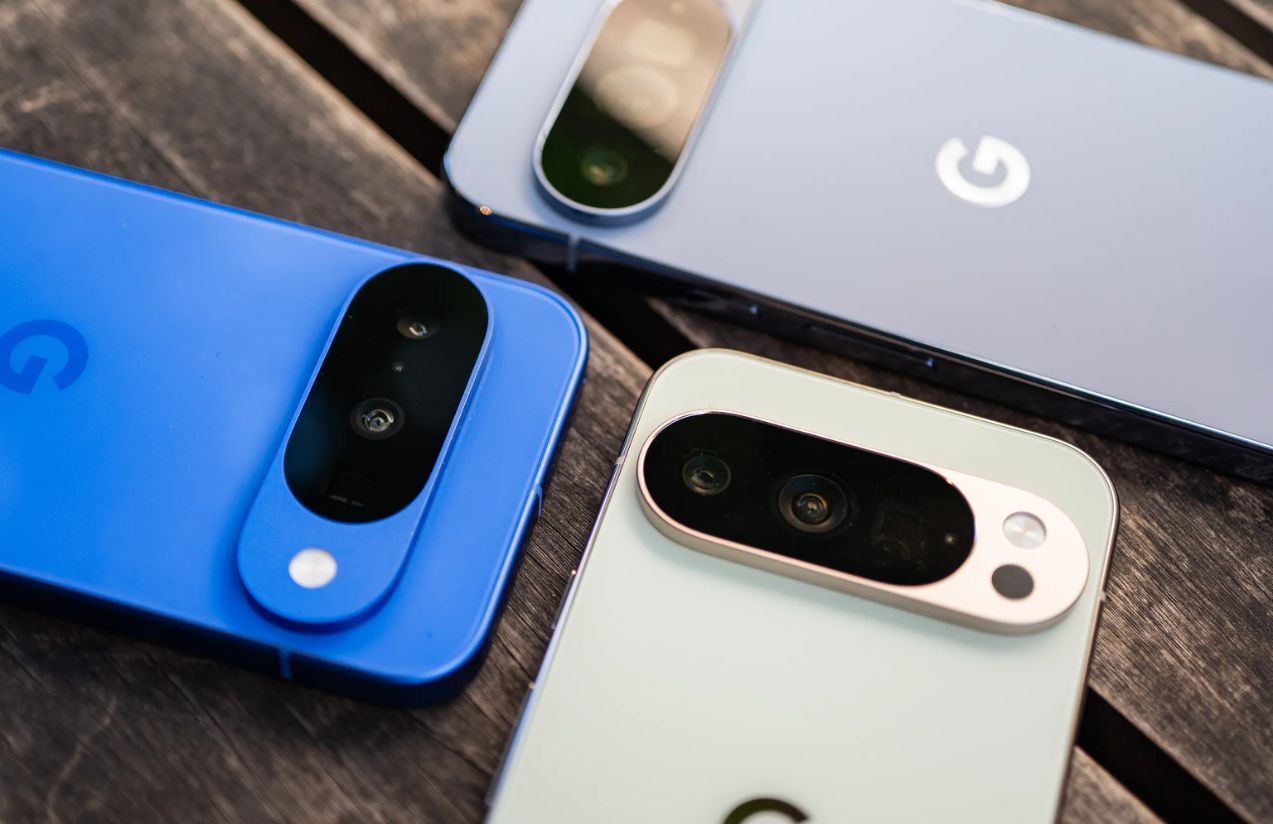Google has officially introduced its new Pixel 10, a smartphone designed to compete head-to-head with heavyweights like the iPhone and Samsung’s Galaxy line. The base model launches at $799, positioning it as a strong option in the premium market without cutting back on key features.
This generation brings significant upgrades: a Tensor G5 processor, a 6.3-inch OLED display with up to 3,000 nits of brightness, and a triple rear-camera system, highlighted by a 10.8 MP telephoto lens with extended optical zoom. Among its standout features are AI-powered tools such as Magic Cue (which suggests content in context) and Camera Coach (which guides users in photo composition). The device also supports the new Qi2 wireless charging standard.
The Pixel 10 ships with Android 16, guarantees seven years of updates, and comes with a refreshed design—delivering a premium feel while keeping the price accessible for what it offers.
Why could this model be more appealing than an iPhone or Galaxy?
Because it combines an attractive starting price with innovative AI features and long-term support, offering a balanced and modern solution for users seeking performance, value, and durability in a single device.

